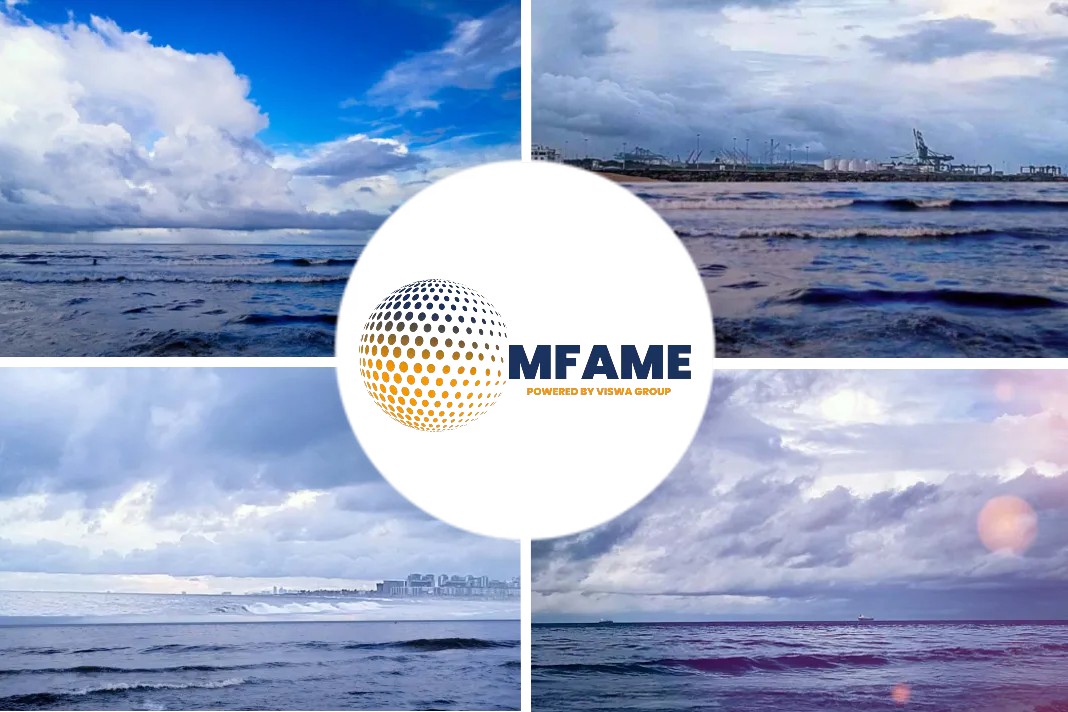 Maritime Decarbonisation Hub’s Zero-Carbon Fuel Monitor indicates that methanol is making headway, says an article published in, The Lloyd’s Register.
Maritime Decarbonisation Hub’s Zero-Carbon Fuel Monitor indicates that methanol is making headway, says an article published in, The Lloyd’s Register.
Alternatives To Fuel Oil
The Lloyd’s Register Maritime Decarbonisation Hub’s Zero-Carbon Fuel Monitor (The Monitor) has found that while alternatives to fuel oil are gradually being developed, these alternatives are at varying levels of readiness in meeting the industry’s target of having zero carbon fuels in 5% of the international shipping fuel mix by 2030, which is the key near-term milestone for the shipping industry’s Race to Zero breakthrough.
Risen Readiness
In its July 2022 report, the Hub’s research indicates that readiness has risen for methanol, ammonia and hydrogen across many supply chain stages compared with the end of 2021.
End-To-End Fuel Supply Chain
Readiness levels are appraised from the perspectives of technology, investment and community.
The assessment was carried out across the end-to-end fuel supply chain, divided into five stages—resources, production, bunkering, onboard storage and propulsion.
Technological Readiness
In December 2021, The Monitor assessed the technological readiness of resources for ammonia, hydrogen and methanol based on natural gas as level 3; this went up to level 4 in June 2022.
Increase In Storage
Technology, investment and community readiness for methanol bunkering was also higher and there was also an increase in ship storage and propulsion readiness for methanol.
Rules And Regulations
The findings reflect the transition of methanol bunkering from the demonstration stage to early market introduction, as Waterfront Shipping, the shipping arm of Canadian methanol producer Methanex Corporation, recently took delivery of six chemical tankers with methanol capability.
Classification societies including LR have also published rules and regulations pertaining to methanol bunkering.
Pushing Methanol Bunkering
This year, Maersk Line, X-press Feeders and AAL Shipping have ordered a total of 26 ships that can be methanol-powered, adding momentum to the push for methanol bunkering.
Bio-Methanol
However, technology readiness for bio-methanol production remains far from ideal.
Bio-Methanol facilities announced in the past six months are either not expected to be used to produce marine fuels or are too small a scale to be capable of producing incidental fuel for small fleets such as those announced in Maersk’s agreements with fuel producers.
Lifecycle Analysis Needed
The relatively lower were concerned, was attributed to a lack of clarity on long-term sustainability of the fuels and technologies used to make them.
There is thus, a need for more lifecycle analysis of the environmental and socio-economic impact of the fuels. Standards and regulations are also required.
Evaluating Effects
Particularly, ammonia can be toxic in the water and the effects of ammonia spills on the ocean ecosystem are still being evaluated.
Ammonia Spills
The environmental impact of ocean leakage therefore needs to be identified to boost community readiness for ammonia as ship fuel.
According to the monitor, the effects of an ammonia spill in various areas should be studied and mitigation measures implemented to reduce the risks of a spill.
The clean-up or treatment of water where there has been a fuel spill should also be studied.
Green Corridors
Technology and community readiness are also progressing faster than investment readiness, which requires regulatory incentives.
Green corridor initiatives such as The Silk Alliance and The Montreal-Antwerp pledge will further support investment readiness.
Clydebank Declaration
At COP26, the Clydebank Declaration recognised the need to link supply chains and investment, and that international cooperation is needed to unlock the amount of investment required to reach the industry’s decarbonisation goals.
The signatories to the Clydebank Declaration have helped spur several green corridor initiatives.
The Developments
In its update, the Monitor concludes that efforts need to be stepped up to make an impact on fuel readiness.
This includes developments such as electrolysers for hydrogen, direct air capture for renewable fuels, carbon capture and storage.
Did you subscribe to our daily newsletter?
It’s Free! Click here to Subscribe!
Source: The Lloyd’s Register























